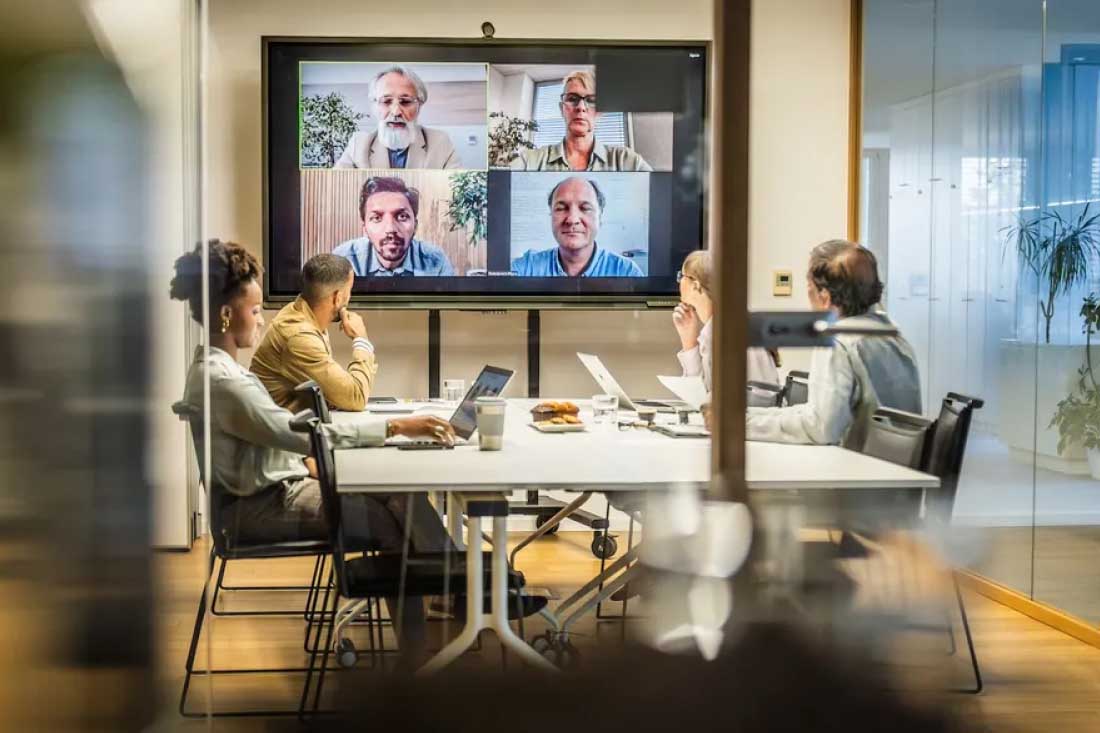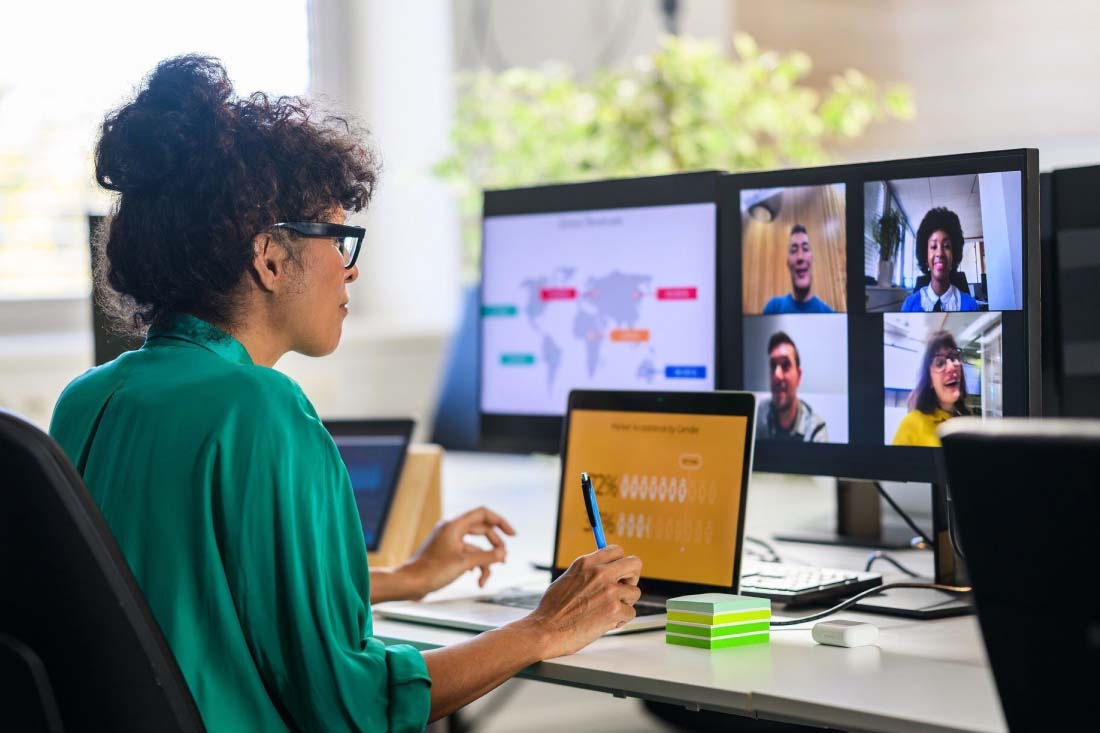In 2016 productivity monitoring among businesses is projected to shoot up for a number of reasons. For a lot of small to medium sized business owners and IT managers, productivity monitoring may seem like an invasive, unnecessary expense, but it can actually make your business more profitable at a very low cost. It makes perfect sense, doesn’t it? More productivity equals more work, which equals more money, right?
In a small business, it’s often about more than just making money; it’s about the trust, culture and relationships you build and nurture every day to create a team that does amazing work. All of that trust goes flying out the window once your employees feel like they’re being spied on, which can make measuring productivity difficult. The key is to not be creepy, which is easier said than done when you have so much access.
To help with this touchy subject, we’ve put together five ways to ensure employees are being productive without trampling over their personal privacy.
1. View screenshots, not keystrokes.
It’s important to realize that you don’t need every keystroke to know that your employees are working. A lot of employers have been fooled, by legacy employee monitoring systems, into believing that you must know everything that happens on a computer to be sure your employees are on task.
There are two flaws within this idea: 1) You don’t need every keystroke, only what’s on the screen, and 2) Capturing keystrokes is extremely invasive, and can give employers access to sensitive employee information and passwords.
To avoid this invasive practice ActivTrak does not capture keystrokes AT ALL. Ever. Why? Again, it’s not necessary. ActivTrak lets you set alarms that trigger (or manually trigger) screenshots given your set circumstances (looking at the same page for X amount of time), web pages (Facebook is in the title bar/URL), and user actions (opened a chat application) so that screenshots are only triggered when they need to be. This way as an employer, you’re only seeing the information you need to see.

Keeping your eye on your employees isn’t creepy, if you do it right.
2. Understand the whole picture.
NEWSFLASH: Your employees don’t work eight hours straight.
Our brains get tired, need breaks, and actually function better after a period of rest (again, duh). You know this, so why do you get so upset when you walk by and see someone on Facebook? It’s because you don’t know how long they’ve been on their “brain break”. Also, remember that your assumptions about people aren’t always correct, you could be wrong about who you think is working and who isn’t.
Instead of immediately reprimanding your employees when you catch them “slacking,” you should figure out what they’ve done for the day. If they’re a good employee, and you catch them on Facebook, chances are that they just wrapped up that project you were checking on, or they’re in the thick of it and needed to come up for air.
ActivTrak’s easy-to-read dashboard (redesign coming soon!) lets you look at overall productivity reports for your workforce as a whole or by individual employee, and lets you view productivity by any time period with activity shown as productive or unproductive. This lets you monitor everyone equally while highlighting unproductive users and activity.
BONUS: If you need to dive deeper into what your employees are doing, ActivTrak logs all online and application activity by item line with time stamps. This way you have all of the high-level information you need to know what your workforce is up to.,
3. Peek, don’t watch.
Most employee monitoring systems boast real-time screen viewing, which is great, if you want to watch a cursor move magically. Again, this type of monitoring is archaic and extremely invasive. Honestly, it doesn’t tell you much more than a screenshot does unless you have time to sit there and watch. Creepy.
The key to successful employee monitoring is not being creepy. You’re their supervisor, not their mom. Excessive monitoring has been shown to add stress, diminish employee dedication, job satisfaction and actually reduce productivity. You don’t need to know every move, just that they’re being productive. You have to find a balance that works for your company.
Screenshots triggered by alarms that you set as an employer tell a much clearer story. Furthermore, ActivTrak notifies you, by way of screenshot alarms, when employees are slacking, rather than putting the burden on you as a manager to keep tabs on multiple workstations.
4. Be fair and transparent.
This is a big one. As I noted above, the key to successful employee monitoring is not being creepy. The easiest way to not be creepy about looking at what your employees are doing is to let them know you’re doing it. It’s really that easy. Also, as an added benefit, people that know they’re being watched tend to work more diligently.
Also avoid targeting specific employees to monitor. The only way to fairly and ethically monitor employees is to monitor all employees equally. This also helps you avoid any legal issues and reduces that creepy factor I mentioned above.
I know what you’re thinking: but doesn’t telling them defeat the purpose? Doesn’t that make them feel like I’m breathing down their neck? Great questions! This brings me to my next point…
5. Don’t be a task czar.
This shouldn’t come as a shock to you, but you’re never going to completely eliminate distractions. Again, you have to understand that employee monitoring is strictly for auditing productivity, and to improve company performance among actively disengaged employees. In other words, you’re only monitoring everyone because you need to know if someone decides to take advantage of company time and resources. Let this be known.
Personally, I would suggest calling a meeting to inform your employees that you’ll be implementing a monitoring software, but that there’s nothing to worry about unless they aren’t doing their job. Emphasis the fact that you understand employees need breaks, and that they won’t be punished for reasonable breaks when they need it.
The key to monitoring your employees ethically is remembering that people are people. You get distracted and take breaks too, don’t punish people for keeping their sanity intact.




